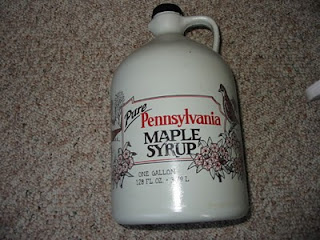Yesterday, I woke up to these temperatures in the high tunnel:
And today I woke up to this:
I've decided I'm going to become a Snow Farmer. I'll
grow snow and send it to Florida in the summertime!
Although the high tunnel's morning temperatures are teeth-chattering cold, by afternoon, with the sun shining, the temperatures climb into the 70s! It's a very strange feeling to walk down to the high tunnel dressed in a heavy coat, scarf, and gloves - and start working in a t-shirt!
There's lots of work going on in there - cleaning it up and preparing the beds for this weekend's planting of spinach, lettuces, green peas, and sugar snap peas.
"It's snowing still," said Eeyore gloomily. "So it is." "And freezing." "Is it?" "Yes," said Eeyore. "However," he said, brightening up a little, "we haven't had an earthquake lately."
~A.A. Milne
It's all a matter of perspective.
~~~~~~~~~~~~~~~~~~~~~~~~~~~~~~~~~~~~~~~~~~~~~~~~~
For some really great reading, head on over to Bee Haven Acres and check out her excellent essay on sustainability.












































